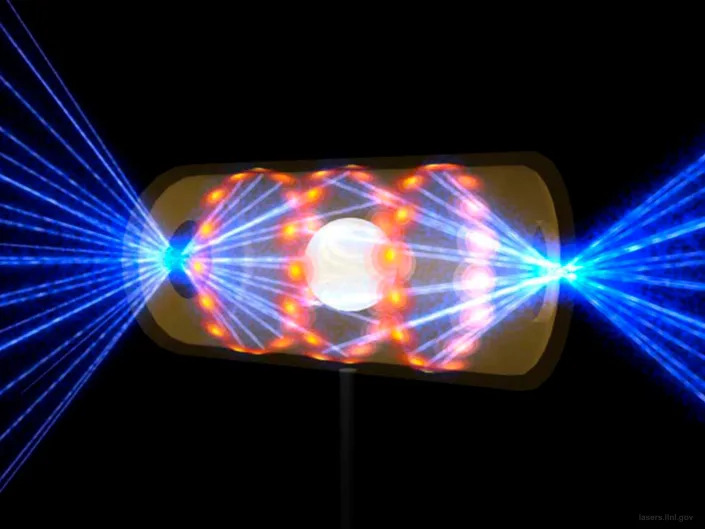JALAL BWAITEL
Thu, December 15, 2022
RAMALLAH, West Bank (AP) — The family of an outspoken critic of the Palestinian Authority who died last year after allegedly being beaten by Palestinian security forces said Thursday it has asked the International Criminal Court to investigate the death.
Nizar Banat was a harsh critic of the PA, which governs parts of the Israeli-occupied West Bank, and had called on Western nations to cut off aid to it because of what he said was its authoritarianism and human rights violations. Banat's family said he died after Palestinian security forces arrested him and beat him with batons.
“Having lost confidence in the independence of the Palestinian judiciary, Nizar Banat’s family sent a request to ICC prosecutor Karim Khan to investigate their son’s brutal murder and prosecute all those responsible,” the family said in a statement.
At the time of Banat's death, the United States, the European Union and the United Nations called for an investigation, and Palestinian Prime Minister Mohammad Shtayyeh announced the formation of an investigative committee. But critics say the committee has dragged its feet on the probe.
It is rare for Palestinians to ask for an investigation into their own leadership.
Banat's death came amid a crackdown on dissent by the internationally-backed PA, which faces a growing backlash from Palestinians who view it as corrupt and increasingly autocratic — a manifestation of a three-decade peace process with Israel that is nowhere close to delivering Palestinian independence.
His death sparked protests in east Jerusalem and demonstrators burned tires, blocked roads and clashed with riot police in the West Bank city of Ramallah, where the PA is headquartered.
Banat’s family said it views Palestinian President Mahmoud Abbas as bearing full responsibility for Banat’s death. Abbas was elected in 2005 for a four-year term and faced a crisis of legitimacy last year when he called off long-delayed elections where his Fatah party was expected to suffer an embarrassing defeat to its rival Hamas. Abbas cited a dispute with Israel for the latest delay.
Abbas' forces coordinate security with Israeli troops, targeting Hamas and other armed groups that threaten both. The policy is deeply unpopular with Palestinians, many of whom view it as collaboration with an occupying power.
The Palestinians have asked the ICC to investigate alleged war crimes by Israel, a probe it launched last year. The family of Shireen Abu Akleh, a Palestinian-American journalist killed during an Israeli raid in the West Bank this year, have referred a complaint on her death to the international court.
Israel captured the West Bank, along with east Jerusalem and the Gaza Strip, in the 1967 Mideast war. The Palestinians seek those territories for their future independent state.





























